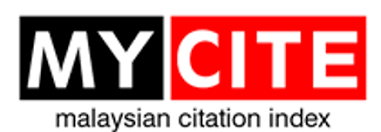Comparison of performance between the Traditional Oral Examination (TOE) and OSCE among Undergraduate Medical Students
DOI:
https://doi.org/10.51200/bjms.v11i1.633Keywords:
OSCE, Traditional Oral Examination (TOE), under graduate medical studentAbstract
An Objective Structured Clinical Examination (OSCE) is a tool of assessing the clinical school often used in the education system of the healthcare system. Traditional Oral Examination (TOE) is also a clinical examination where students are being tested by an examiner panel (1 or 2 members) on their clinical activities and knowledge. It is designed to objectively test competence in skills such as history taking, clinical examination, communication and clinical procedures. The Faculty of Medicine and Health Sciences of Universiti Malaysia Sabah (UMS) also use OSCE for assessing clinical students. The aim of this study was to compare the performance between the traditional oral examination (TOE) and OSCE among undergraduate medical students. Study populations were the 3rd year MBBS students of the Faculty of Medicine and Health Sciences of Universiti Malaysia Sabah (UMS). Number of students was 87. All students underwent traditional oral examination after finishing a 2 months module. The same students participated in the OSCE on the same day evening. Scores of each student were collected. Mean of the scores were calculated. P value was measured by Student’s t test to evaluate the significant difference between both the variables (traditional examination mean and OSCE mean) at 5% confidence interval (CI). P-value was 0.00015 in 5% confidence level in two tailed hypotheses. As the value was less than 0.05 so null hypothesis was rejected and alternate hypothesis was accepted. There was significant difference
Borneo Journal of Medical Sciences (2017) 11 (1): 3 - 10
4
between the means of both the examinations. So it could be concluded that students’ performance was significantly better in the OSCE over the traditional oral examination.
Downloads
Published
How to Cite
Issue
Section
License
All articles are published under the Creative Commons Attribution-NonCommercial (CC BY-NC 4.0) license, enabling users to read, download, copy, distribute, and adapt the material for non-commercial purposes, provided proper credit is given to the original authors and the source. This model supports transparency, accessibility, and the global exchange of medical knowledge.








1.png)





